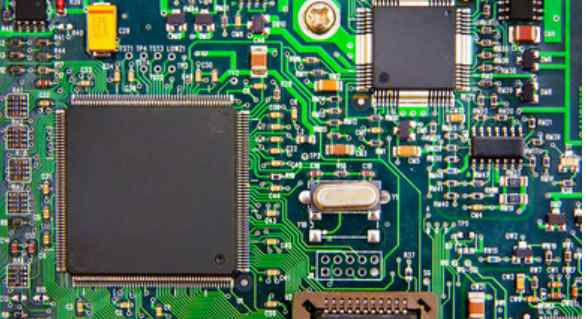
Wearable PCB design requires attention to basic materials
Due to its small size and size, there are few existing PCB standards for the growing wearable Internet of Things market. Until these standards are available, we have to rely on the knowledge and manufacturing experience we learned in board level development and think about how to apply them to unique emerging challenges. There are three areas that require special attention: board surface materials, RF/microwave design, and RF transmission lines.
PCB material
PCBS typically consist of laminates that may be manufactured with fiber-reinforced epoxy resins (FR4), polyimides or Rogers materials, or other laminated materials. The insulating material between the different layers is called a semi-cured sheet.
Wearable devices require high reliability, so this becomes a problem when PCB designers are faced with the choice of using FR4(the PCB manufacturing material with the highest cost performance) or more advanced and expensive materials.
If wearable PCB applications require high speed, high frequency materials, FR4 may not be the best choice. FR4 has a dielectric constant (Dk) of 4.5, the more advanced Rogers 4003 series material has a dielectric constant of 3.55, and the sibling Rogers 4350 series has a dielectric constant of 3.66.
Figure 1: Laminated diagram of a multilayer circuit board showing the FR4 material and Rogers 4350 with core layer thickness
The permittivity of a laminated layer refers to the ratio of the capacitance or energy between a pair of conductors near the laminated layer to the capacitance or energy between the pair of conductors in vacuum. At high frequencies, it is preferable to have very little loss, so Roger 4350 with a dielectric coefficient of 3.66 is better suited for higher frequency applications than FR4 with a dielectric constant of 4.5.
Normally, the number of PCB layers used in wearables ranges from four to eight. The building principle of the layer is that if it is an 8-layer PCB, it should provide enough ground and power layers to sandwiched the wiring layer. In this way, ripple effects in crosstalk can be kept to a minimum and electromagnetic interference (EMI) can be significantly reduced.

In the circuit board layout design phase, the layout scheme is generally to place large strata next to the power distribution layer. This results in a very low ripple effect and the system noise is reduced to almost zero. This is especially important for RF subsystems.
FR4 has a higher dissipation factor (Df) than Rogers material, especially at high frequencies. For higher performance FR4 stacks, Df values are around 0.002, an order of magnitude better than normal FR4. But the Rogers stack is 0.001 or less. When the FR4 material is used in high frequency applications, there is a noticeable difference in insertion loss. Insertion loss is defined as the power loss of the signal from point A to point B when using FR4, Rogers, or other materials.
Manufacturing problem
Wearable PCBS require tighter impedance control, which is an important factor for wearable devices, and impedance matching can result in cleaner signal transmission. In the earlier days, the standard tolerance for signal load routing was ±10%. This is not good enough for today's high frequency and high speed circuits. The current requirement is ±7%, and in some cases ±5% or less. This parameter and other variables can severely affect the manufacturing of these highly impedance-controlled wearable PCBS, thereby limiting the number of vendors that can manufacture them.
The dielectric constant tolerance of Rogers UHF materials is generally maintained at ±2%, with some products even reaching ±1%, while the dielectric constant tolerance of FR4 is as high as 10%. Therefore, comparing the two materials shows that Rogers penetration loss is particularly low. The transmission loss and insertion loss of Rogers laminators is half that of conventional FR4 materials.
In most cases, cost matters most. However, Rogers offers relatively low loss high frequency lamination performance at an acceptable price point. For commercial applications, Rogers can be combined with epoxy-based FR4 to form hybrid PCBS, with some layers using Rogers material and others using FR4.
Frequency is the primary consideration when selecting the Rogers stack. When frequencies exceed 500MHz, PCB designers tend to choose Rogers materials, especially for RF/microwave circuits, because these materials can provide higher performance when the above wiring is subject to strict impedance control.
Rogers materials also provide lower dielectric loss than FR4 materials, and their dielectric constant is stable over a wide range of frequencies. In addition, Rogers materials provide ideal low plug loss performance for high frequency work requirements.
The coefficient of thermal expansion (CTE) of Rogers 4000 series materials has excellent dimensional stability. This means that the board's thermal expansion and contraction can be maintained at a stable limit at higher frequencies and temperatures when the PCB goes through cold, hot and very hot reflow cycles compared to FR4.
In the hybrid lamination scenario, Rogers and high performance FR4 can be easily blended using common manufacturing process techniques, and therefore high manufacturing yields are relatively easy to achieve. Rogers lamination does not require a special perforation preparation process.






